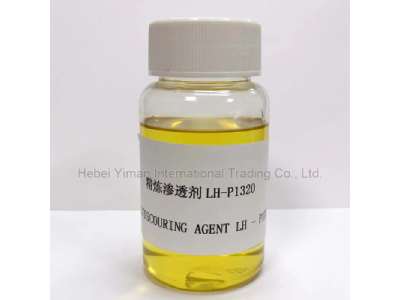There are many types of dyes, Reactive dyeing supplier first talk about reactive dyes, reactive dyes are a very common and commonly used dye.
Definition of reactive dyes
Reactive dyeing: Reactive Dyeing, also known as reactive dye, is a type of dye that reacts with fibers during dyeing. This type of dye molecule contains a group that can chemically react with the fiber. During dyeing, the dye reacts with the fiber, forming a covalent bond between the two and forming a whole, which improves the fastness to washing and rubbing.
Reactive dyes are composed of parent dyes, linking groups and reactive groups. The dye precursor has azo, anthraquinone, phthalocyanine structure, etc. The most common reactive groups are chlorinated junsanzhen (X-type and K-type), vinyl sulfone sulfate (KN-type) and double-reactive group (M-type). Reactive dye molecules contain chemically active groups, which can react with cotton, wool and other fibers in aqueous solution to form a common bond, so that the finished dyed fabric has a high washing fastness.
Reactive dyes are soluble in water and can covalently bond with cellulose fibers. It has bright color, good leveling performance, can cover some textile defects, and has good soaping fastness. However, most reactive dyes are poorly resistant to chlorine bleaching and are sensitive to acids and alkalis. Pay attention to weather fastness when dyeing light colors. Reactive dyes can dye cotton, viscose, silk, wool, nylon and other fibers.

Reactive Dyeing
Classification of reactive dyes
According to the different active groups, reactive dyes can be divided into two categories: symmetric triazene type and vinyl sulfone type.
Symmetric triazene type: In this type of reactive dye, the chemical nature of the reactive chlorine atom is more active. During dyeing, the chlorine atoms are replaced by cellulose fibers in an alkaline medium and become leaving groups. The reaction between the dye and the cellulose fiber is a bimolecular nucleophilic substitution reaction.
Vinyl sulfone type: The reactive group contained in this type of reactive dye is vinyl sulfone (D-SO2CH = CH2) or β-hydroxyethyl sulfone sulfate. During dyeing, β-hydroxyethyl sulfone sulphate is eliminated in alkaline medium to form vinyl sulfone group, which is then combined with cellulose fiber and undergoes nucleophilic addition reaction to form covalent bond.
The above two types of reactive dyes are the main reactive dyes with the largest output in the world. In order to improve the fixing rate of reactive dyes, two reactive groups have been introduced into dye molecules in recent years, called dual reactive dyes.
Reactive dyes can be divided into several series according to their different reactive groups:
1. X-type reactive dyes contain dichloro-s-triazine active groups, which are low-temperature reactive dyes, suitable for dyeing cellulose fibers at 40-50 ℃
2. K-type reactive dyes contain a monochlorotriazine reactive group, which is a high-temperature reactive dyes, suitable for printing and pad dyeing of cotton fabrics.
3. KN type reactive dye contains hydroxyethyl sulfone sulfate reactive group, which belongs to medium temperature type reactive dye. Dyeing temperature 40-60 ℃, suitable for dyeing cotton roll dyeing, cold stacking dyeing, and anti-dye printing background color; also suitable for dyeing hemp textiles.
4. M-type reactive dyes contain dual reactive groups and belong to medium temperature type reactive dyes. The dyeing temperature is 60 ℃. It is suitable for cotton and linen medium temperature dyeing and printing.
5. KE type reactive dyes contain double reactive groups and belong to high temperature type reactive dyes, suitable for dyeing cotton and linen fabrics. Color fastness
Post time: Mar-24-2020

